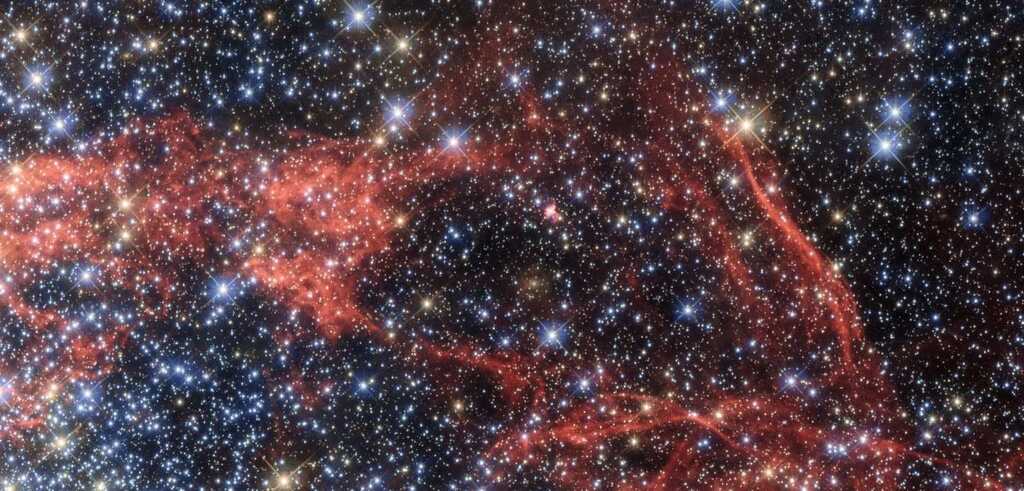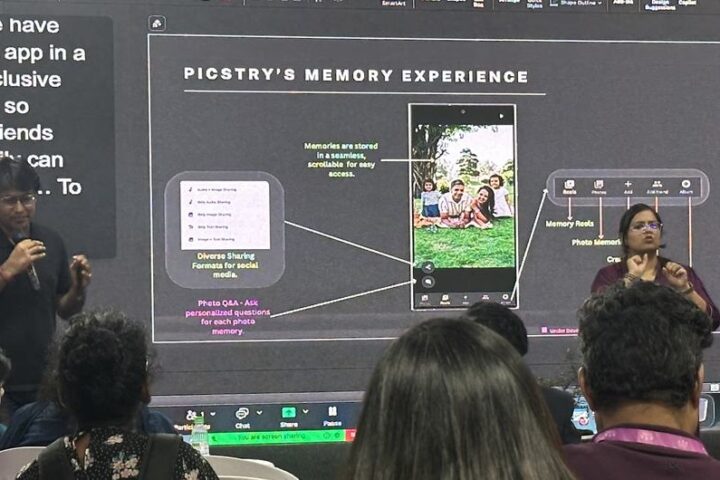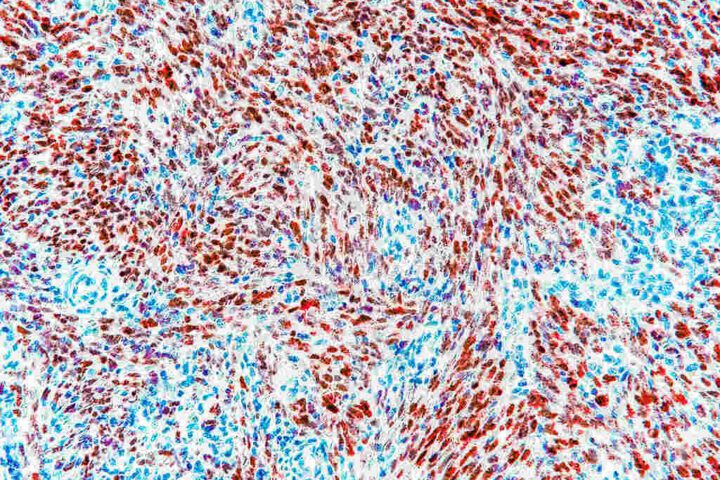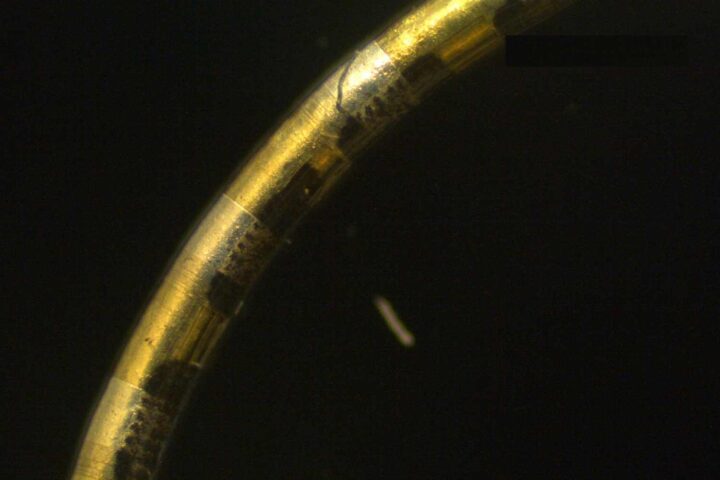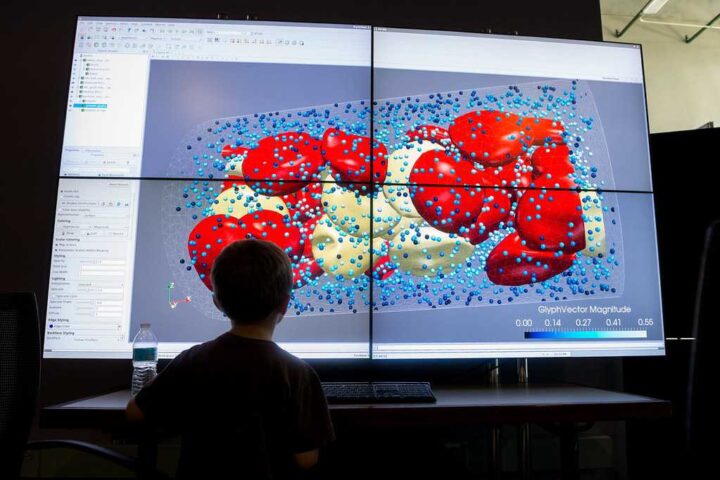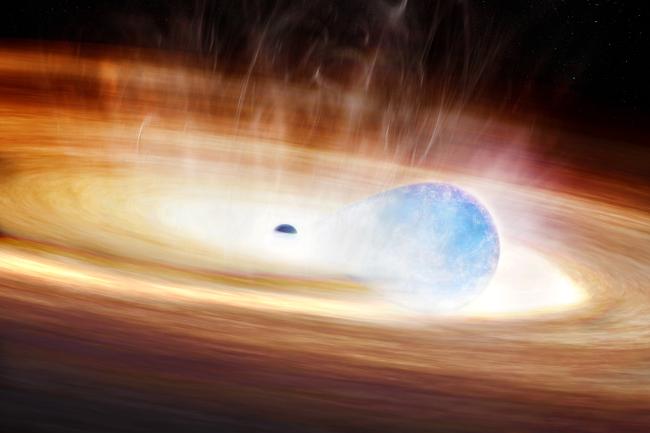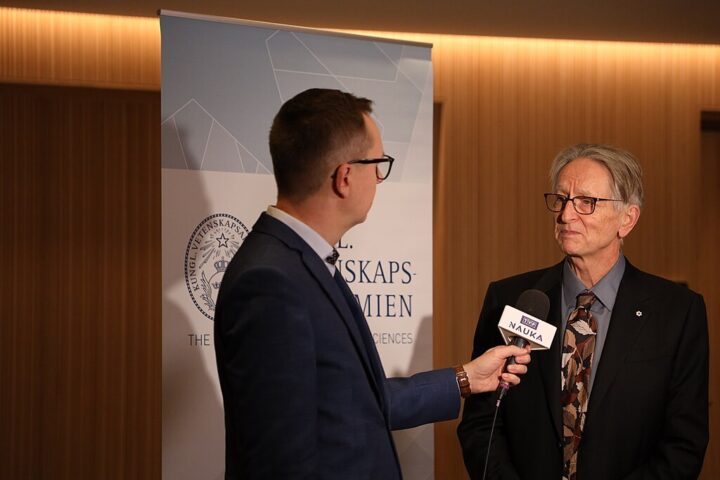A breakthrough study from the University of Oxford and Google Cloud shows how artificial intelligence can now accurately identify genuine cosmic events in the night sky with remarkably little training data.
Published in Nature Astronomy on October 8, 2025, the research demonstrates that Google’s Gemini, a general-purpose large language model (LLM), can be transformed into an expert astronomy assistant using just 15 example images and simple instructions. The system achieved approximately 93% accuracy in distinguishing real astronomical phenomena from false signals.
“As someone without formal astronomy training, this research is incredibly exciting,” said Turan Bulmus, co-lead author from Google Cloud. “It demonstrates how general-purpose LLMs can democratize scientific discovery, empowering anyone with curiosity to contribute meaningfully to fields they might not have a traditional background in.”
Modern telescopes generate millions of alerts every night about potential changes in the night sky. Most of these alerts are “bogus” signals caused by satellite trails, cosmic ray hits, or other imaging artifacts rather than actual cosmic events like exploding stars or black holes tearing apart passing stars.
Until now, astronomers relied on specialized machine learning models to filter this data. These traditional systems often functioned as “black boxes,” providing simple classifications without explaining their logic. This forced scientists to either trust the output blindly or spend hours manually checking thousands of candidates – an increasingly impossible task as telescopes generate more data.
Similar Posts
The Oxford-led team posed a simple question: Could a general-purpose AI not only match the accuracy of specialized models but also explain its reasoning?
The researchers provided Gemini with labeled examples from three major sky surveys: ATLAS, MeerLICHT, and Pan-STARRS. Each example included a new alert image, a reference image of the same patch of sky, and a “difference” image highlighting the change, along with brief expert notes.
With this minimal guidance, the model classified thousands of new alerts, providing a label (real or bogus), a priority score, and a readable explanation of its decision.
“It is striking that a handful of examples and clear text instructions can deliver such accuracy,” said Dr. Fiorenzo Stoppa, co-lead author from the Department of Physics, University of Oxford. “This makes it possible for a broad range of scientists to develop their own classifiers without deep expertise in training neural networks.”
A key strength of the system is its ability to explain its decisions in plain English. A panel of 12 astronomers rated these explanations as highly coherent and useful. The AI also demonstrated self-assessment capability, assigning “coherence scores” to its own answers – an important feature since low-coherence outputs were much more likely to be incorrect.
By automatically flagging uncertain cases for human review, the system can focus astronomers’ attention where most needed. Using this self-correction loop to refine initial examples, the team improved performance on one dataset from 93.4% to 96.7%.
Professor Stephen Smartt from Oxford’s Department of Physics, who has worked on this problem for over 10 years, called the results remarkable: “If we can engineer to scale this up, it could be a total game changer for the field, another example of AI enabling scientific discovery.”
The approach becomes especially valuable as next-generation telescopes like the Vera C. Rubin Observatory come online, which will generate roughly 20 terabytes of data per night initially, scaling to even higher volumes as operations mature.
The researchers envision this technology evolving into “agentic assistants” that could integrate multiple data sources, check their own confidence, autonomously request follow-up observations from robotic telescopes, and escalate only the most promising discoveries to human scientists.
Because the method requires only a small set of examples and plain-language instructions, it can be rapidly adapted for new scientific instruments, surveys, and research goals across different fields.
